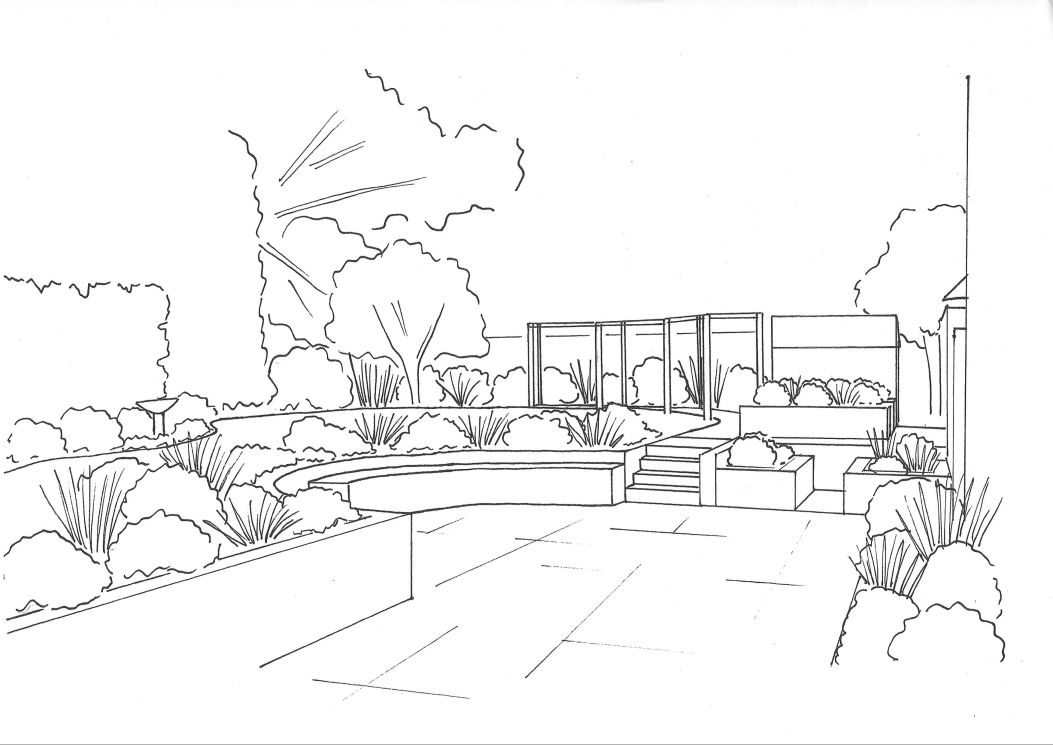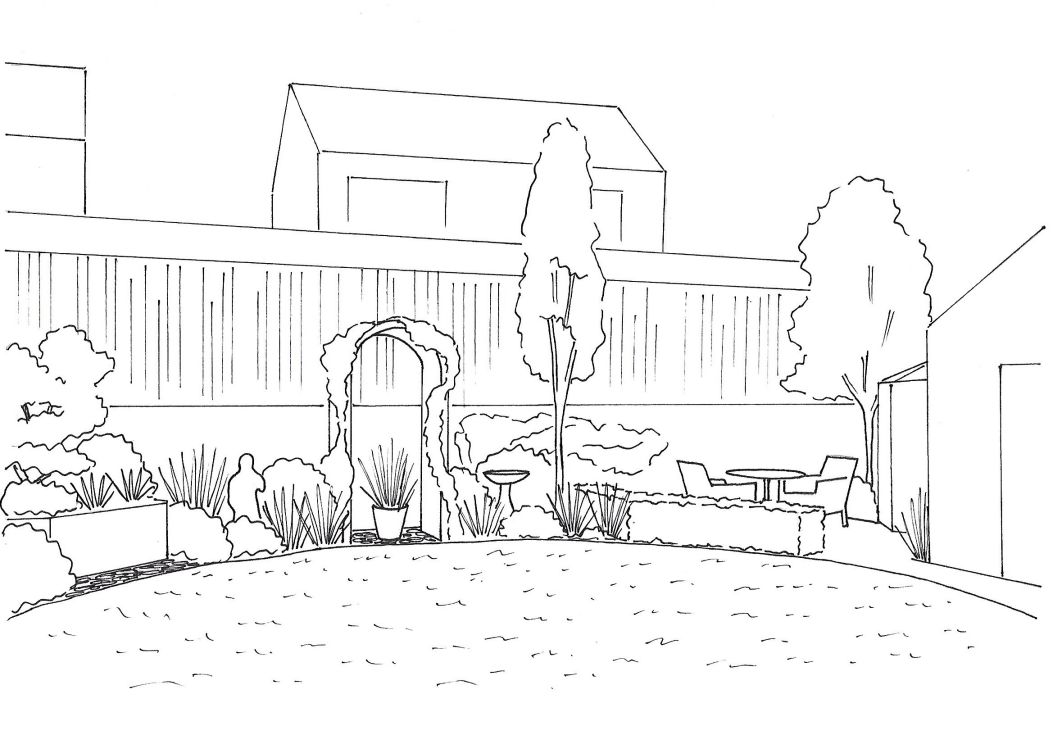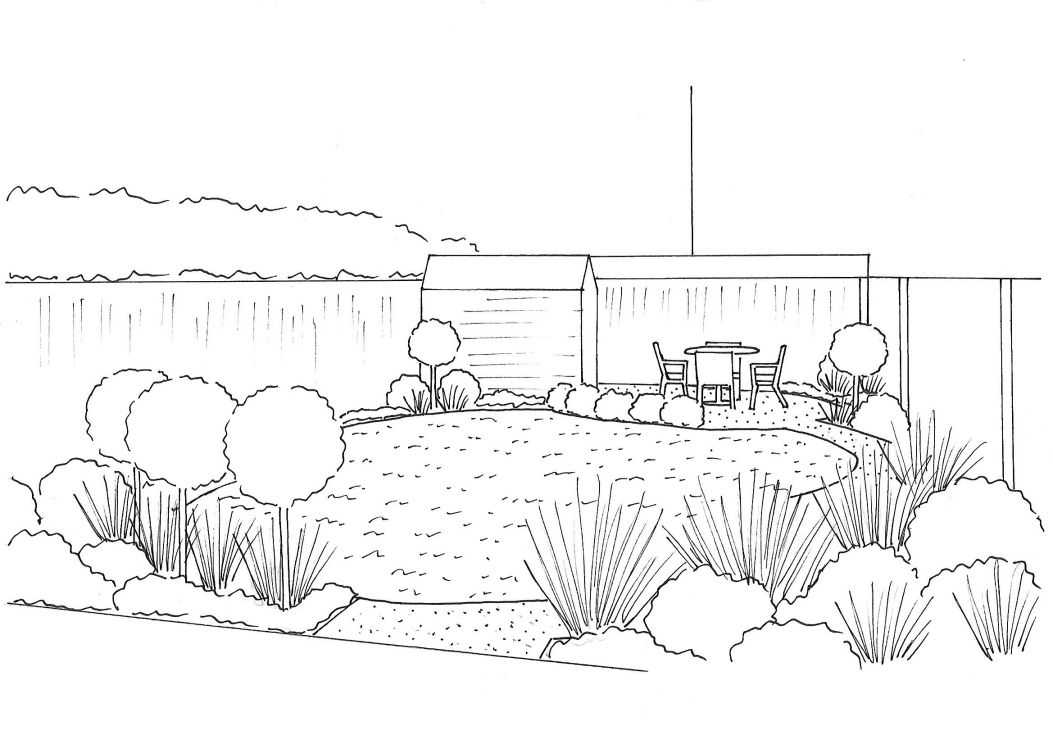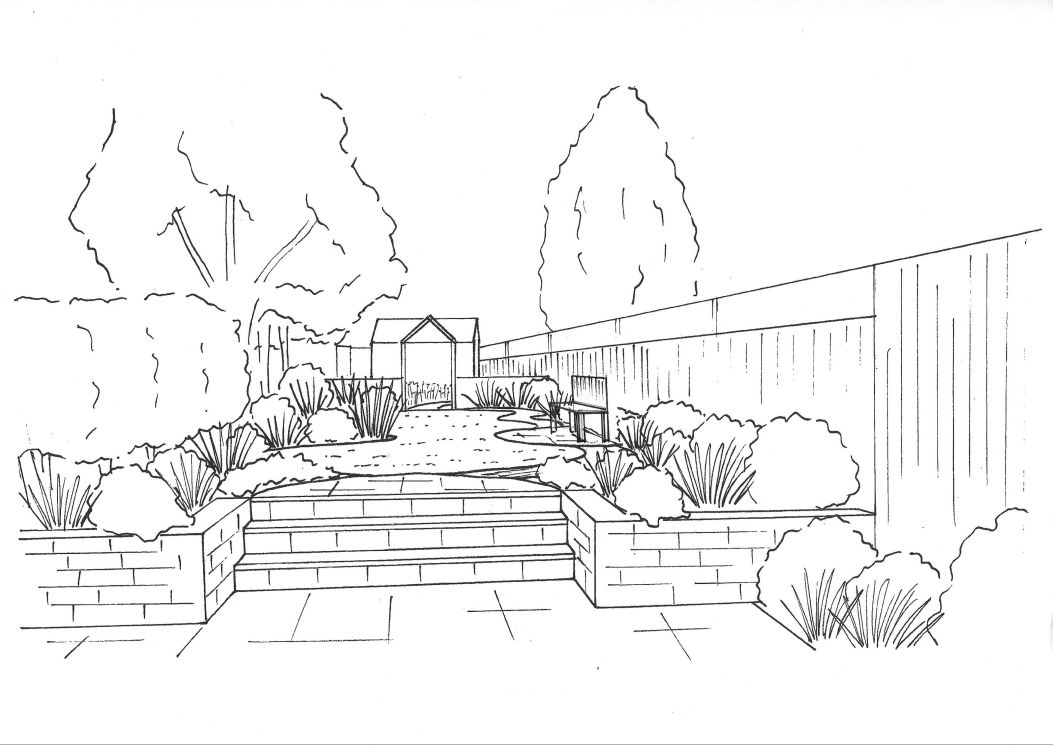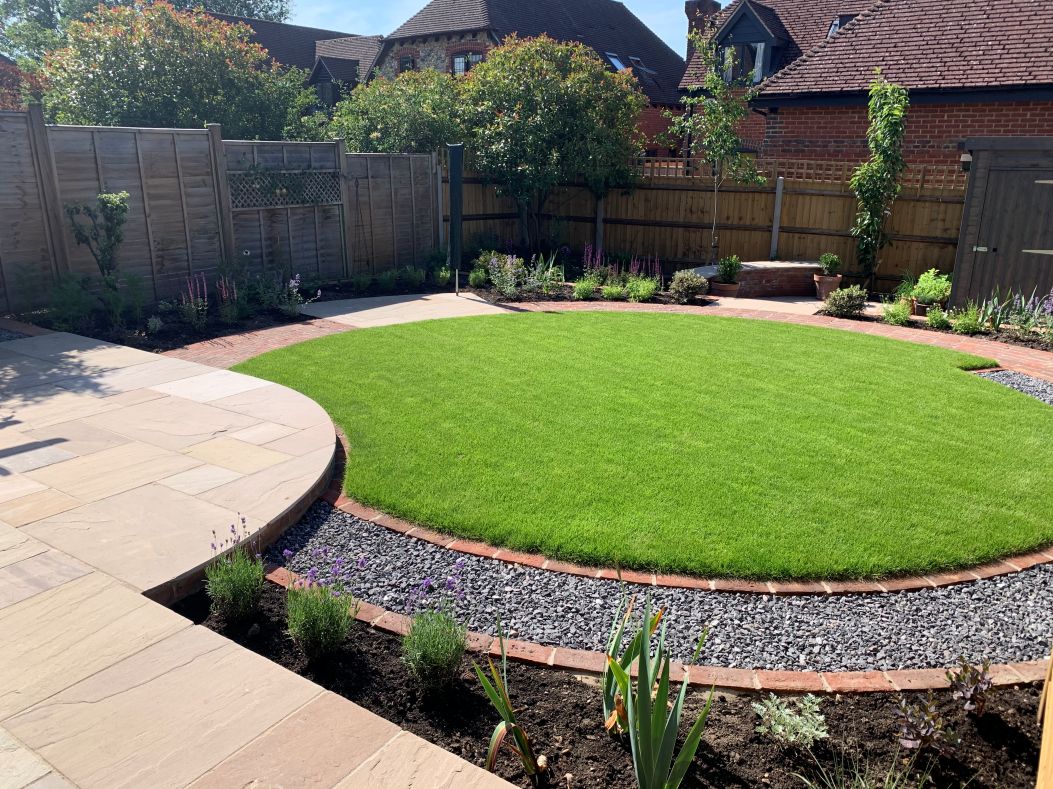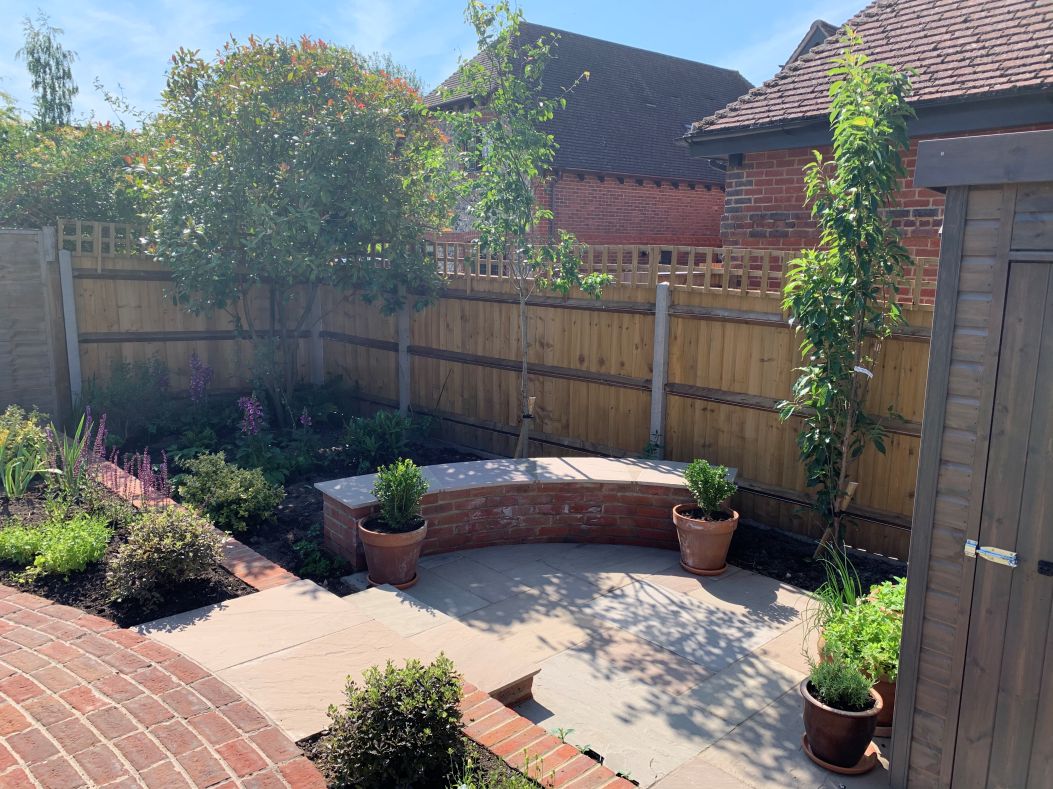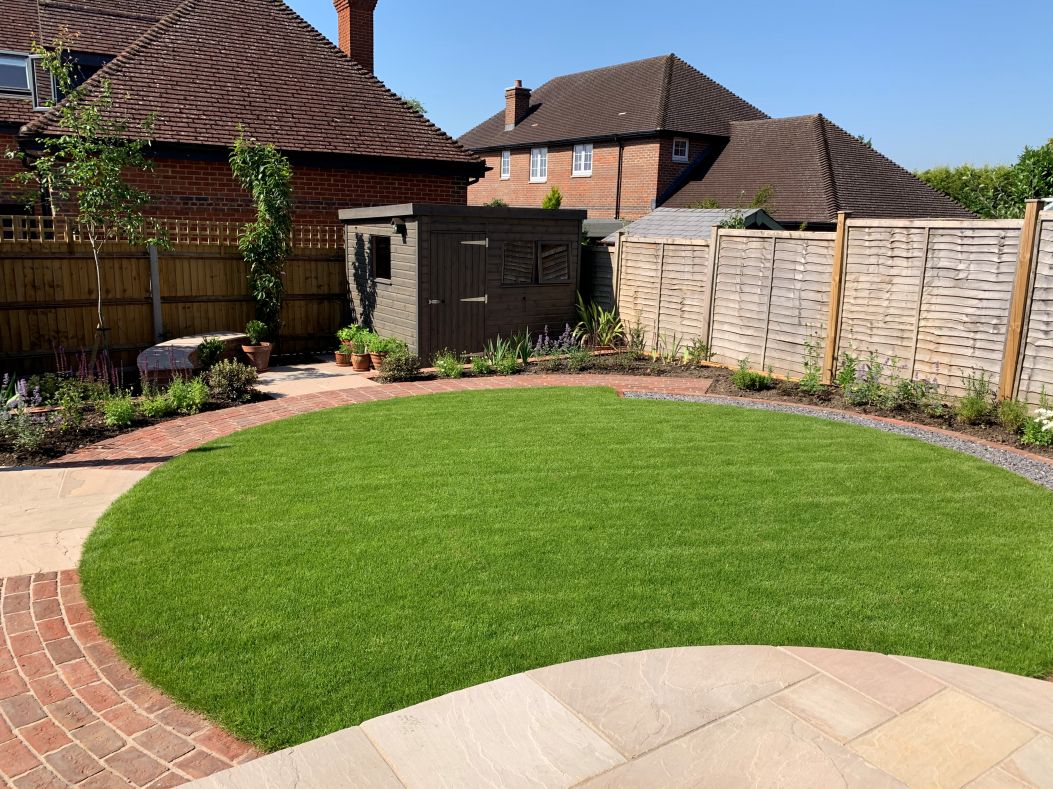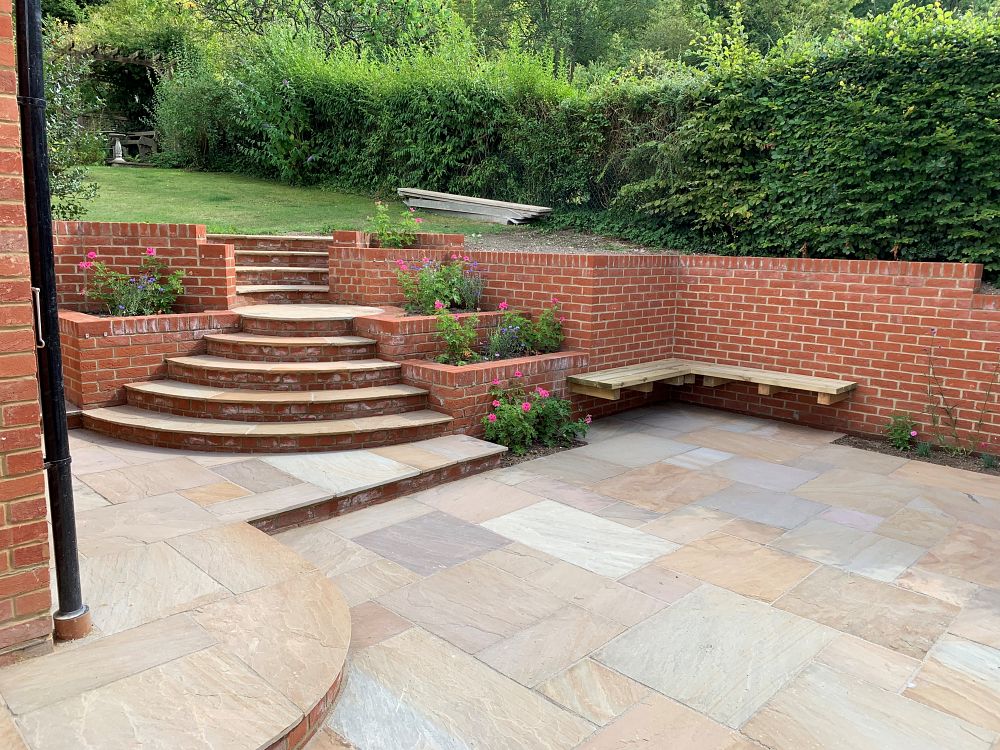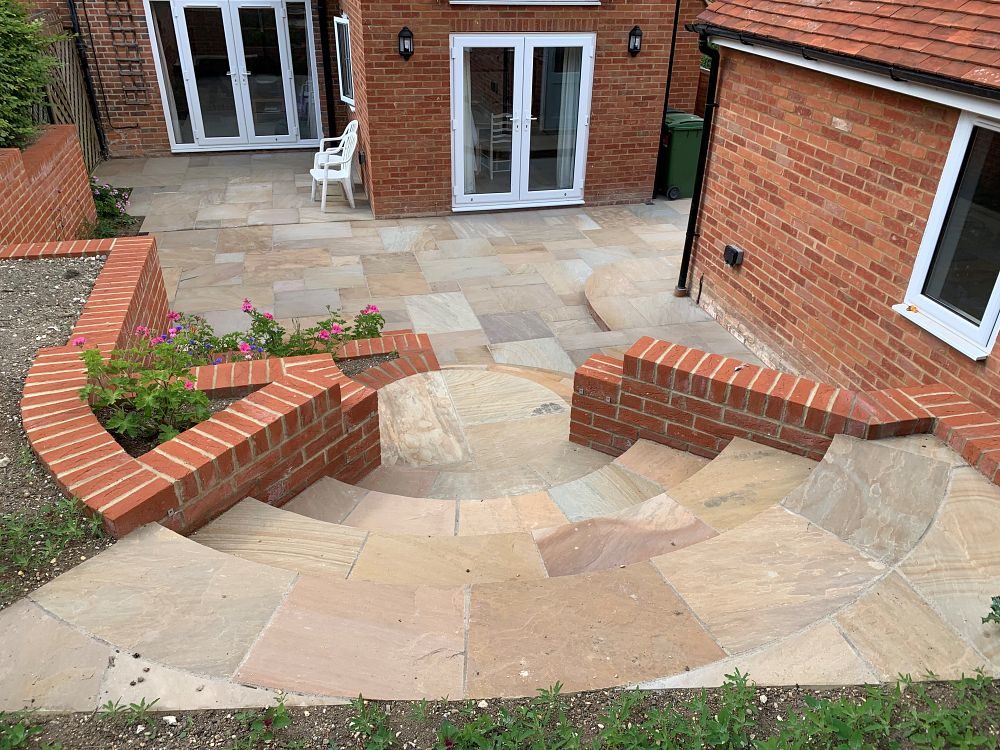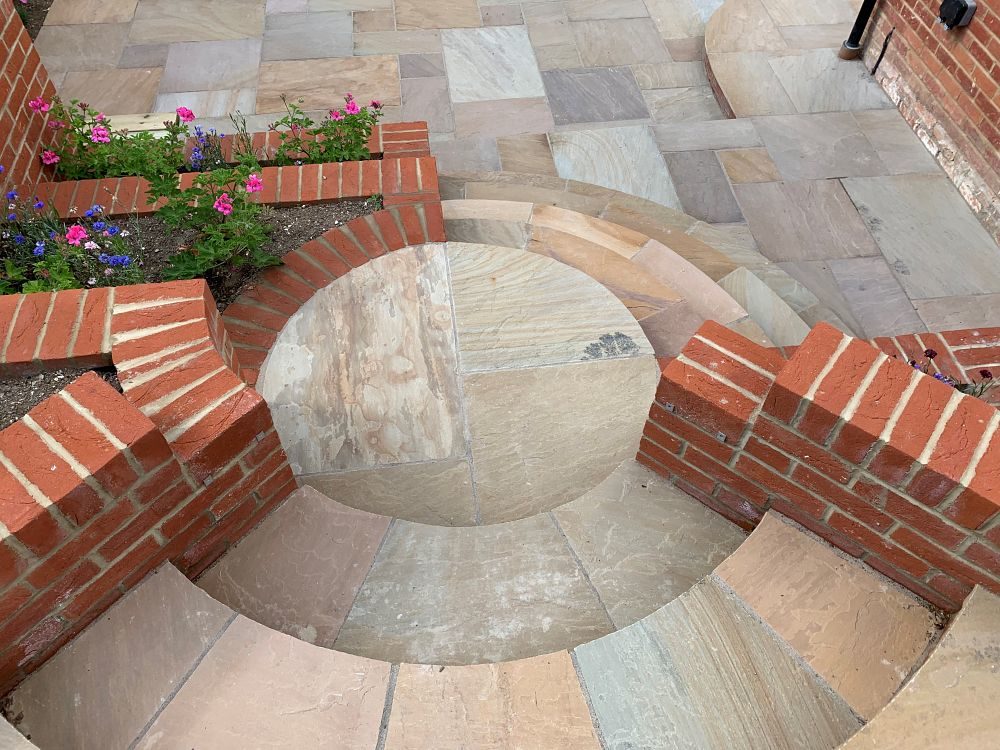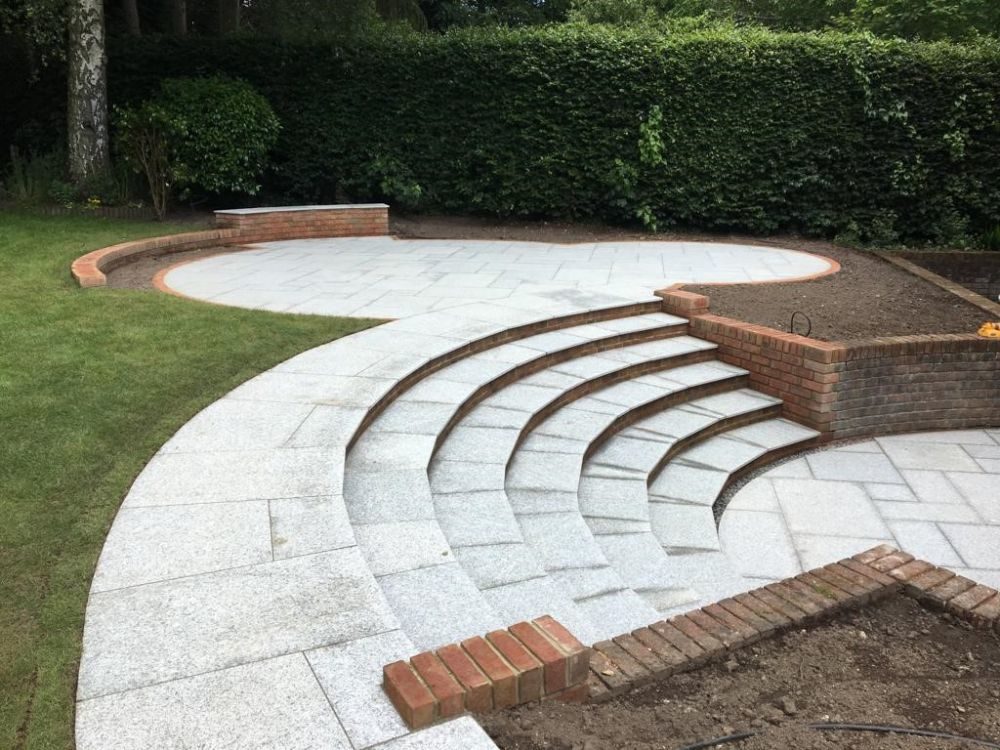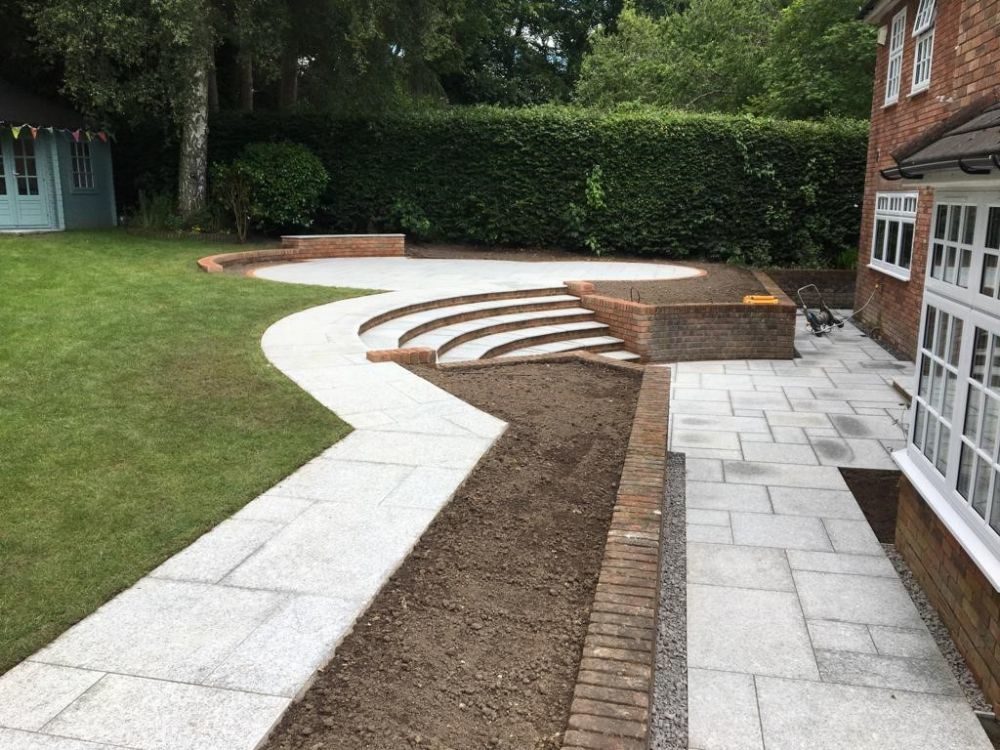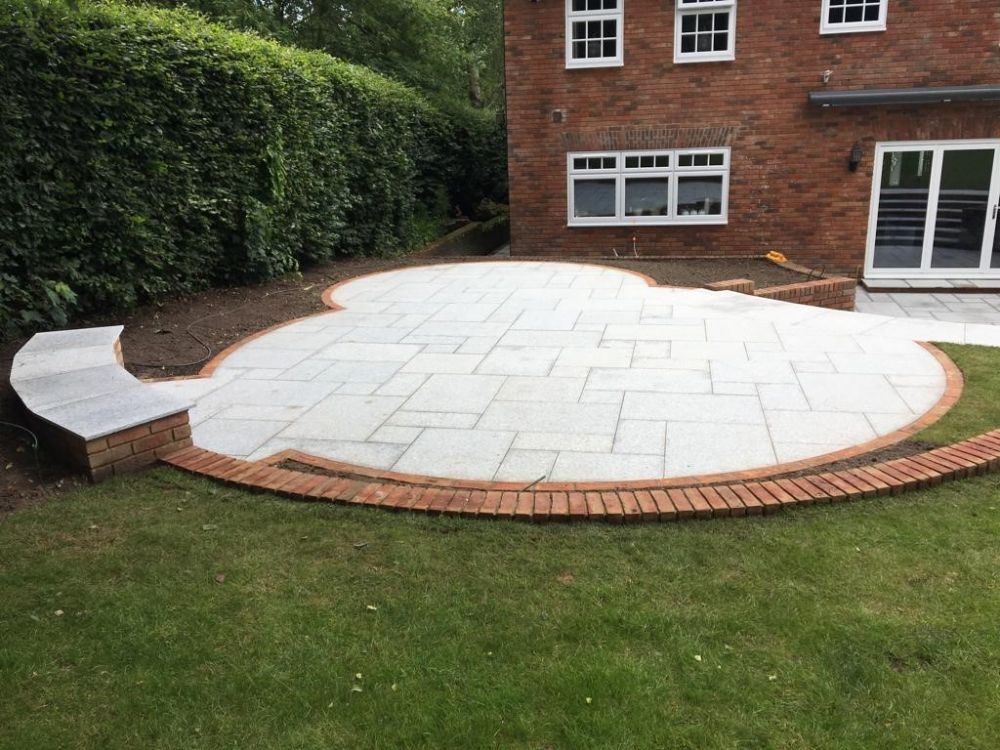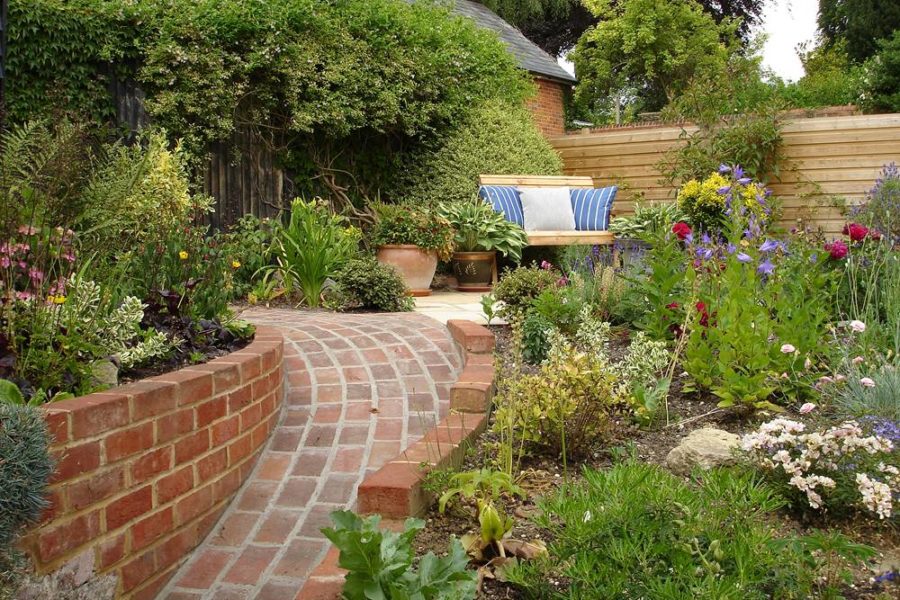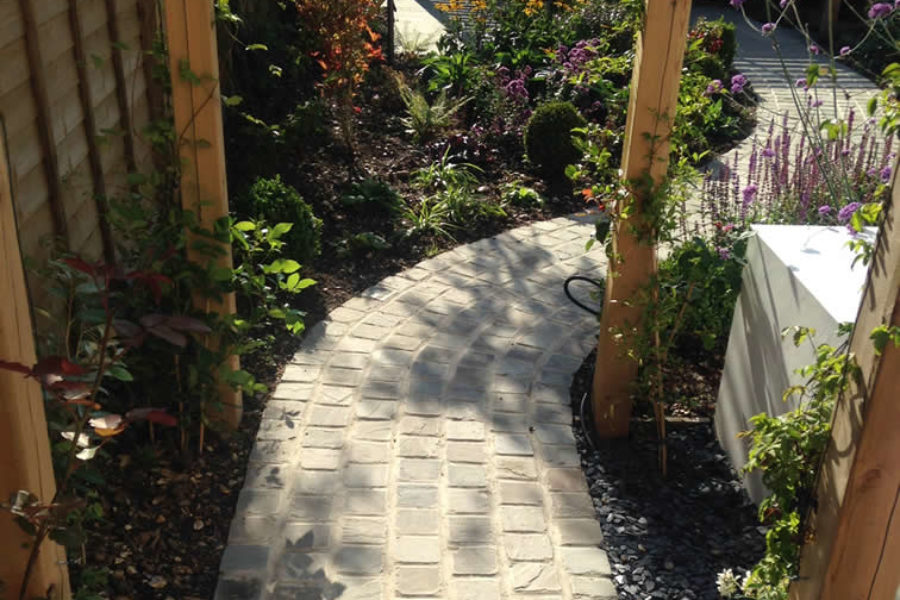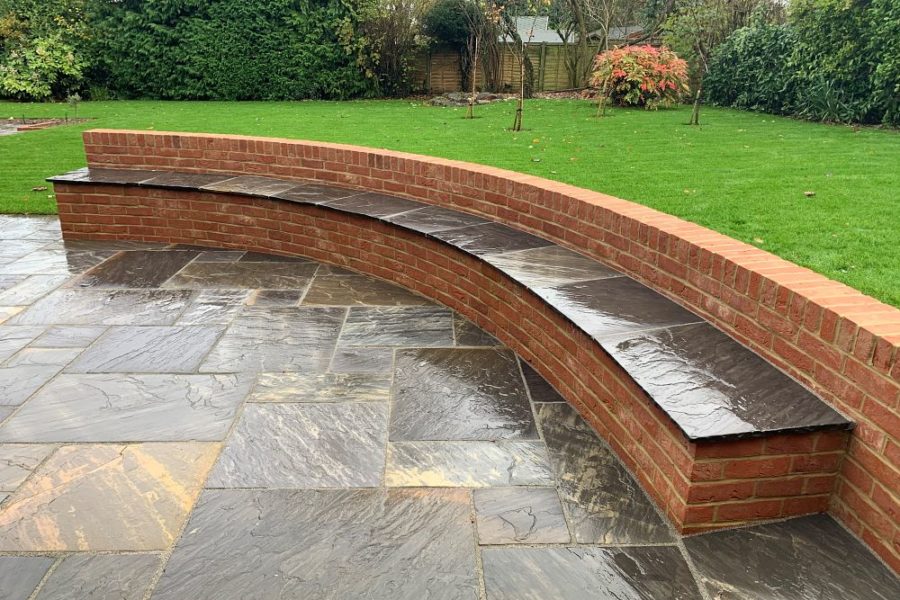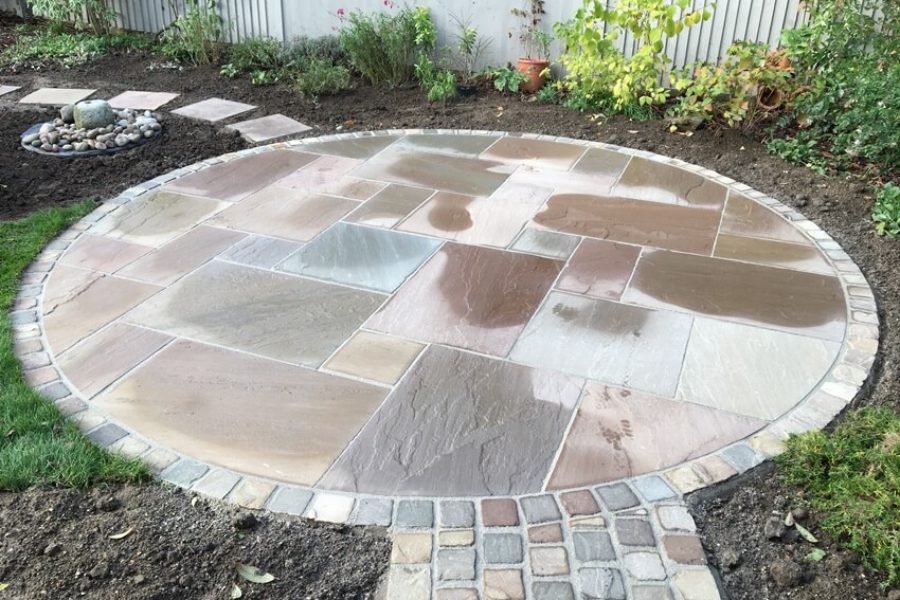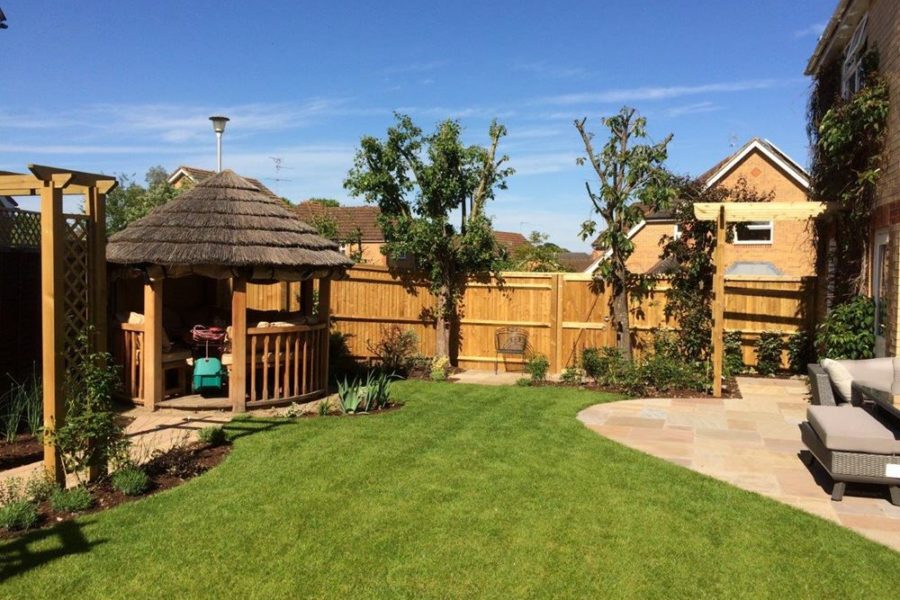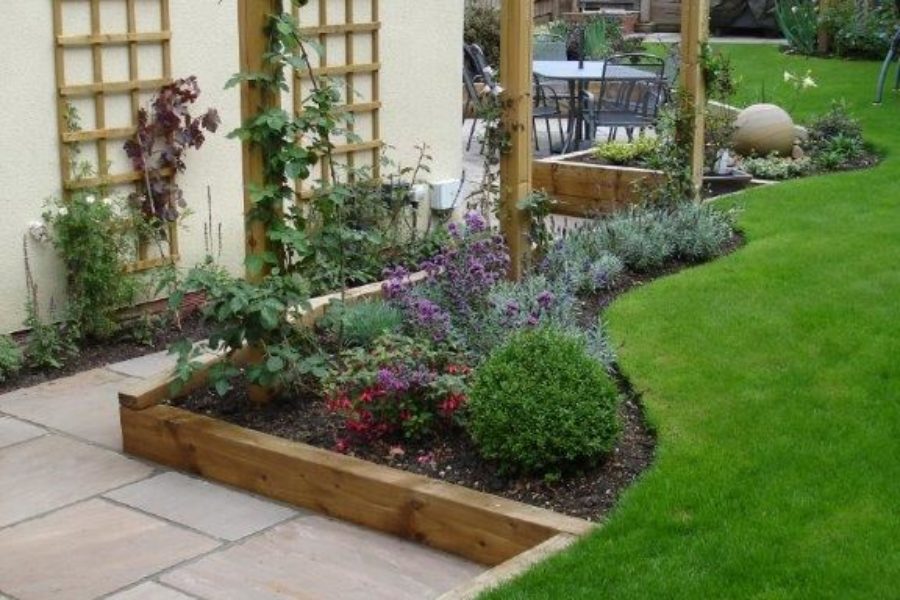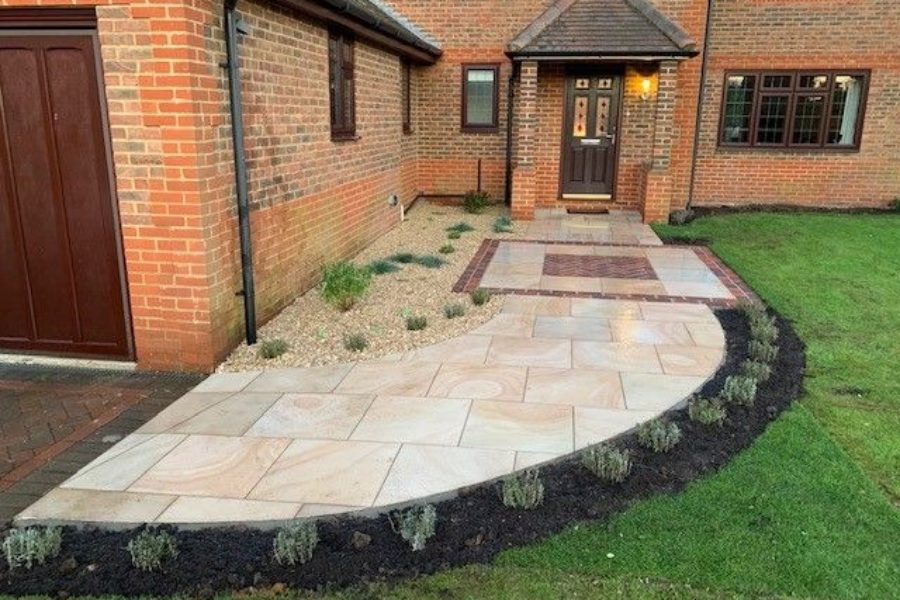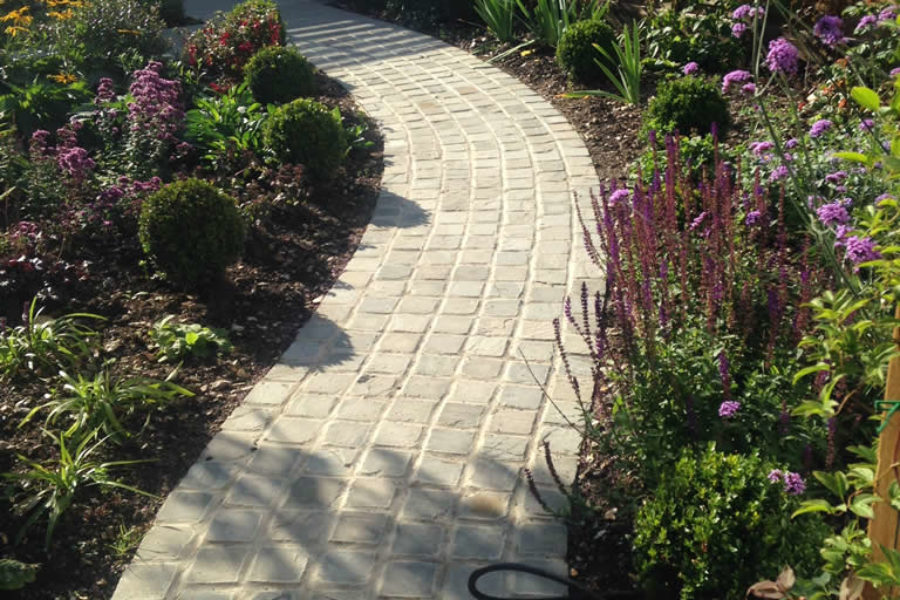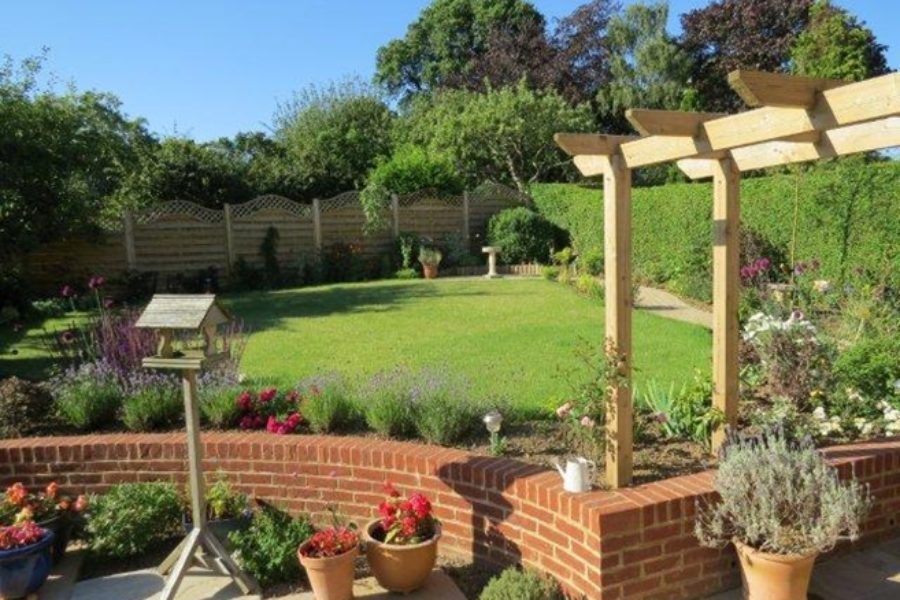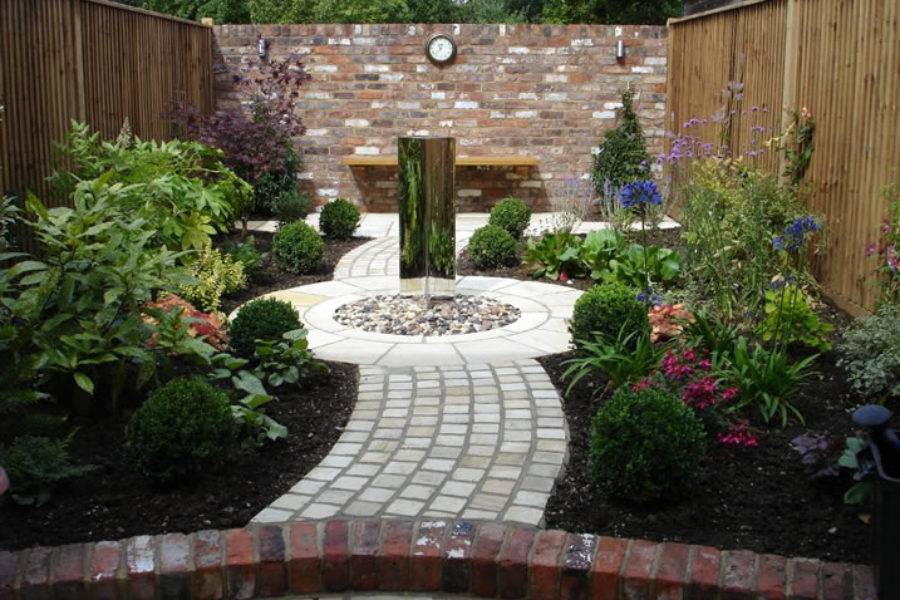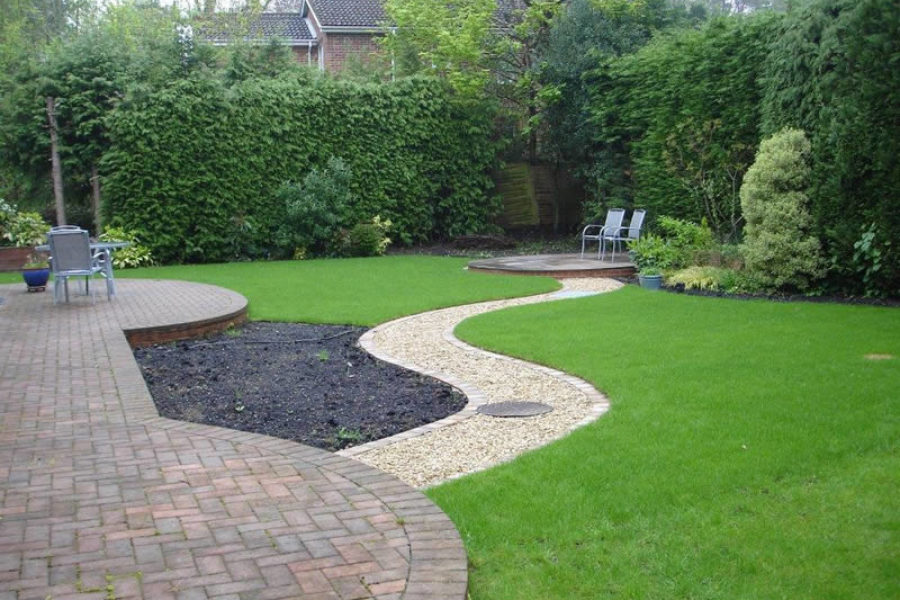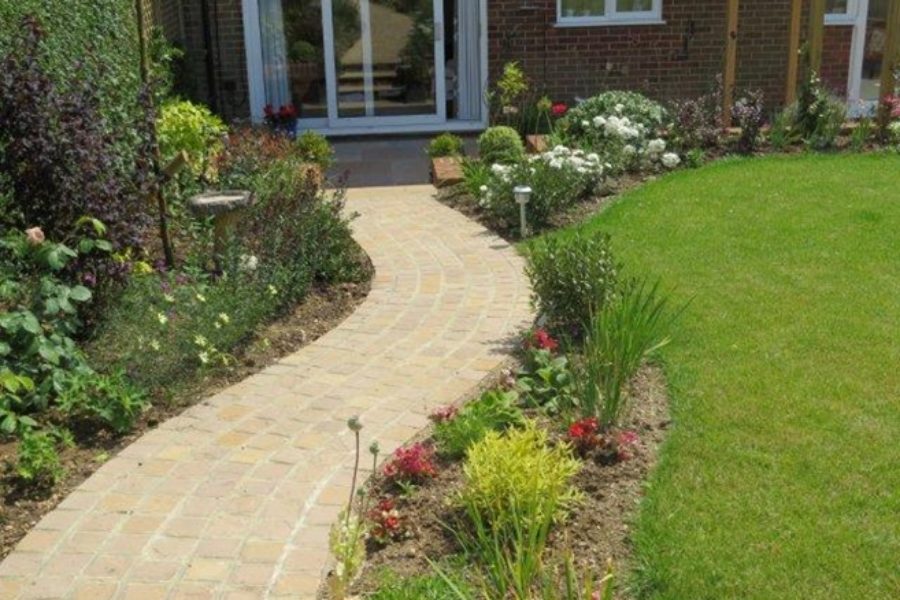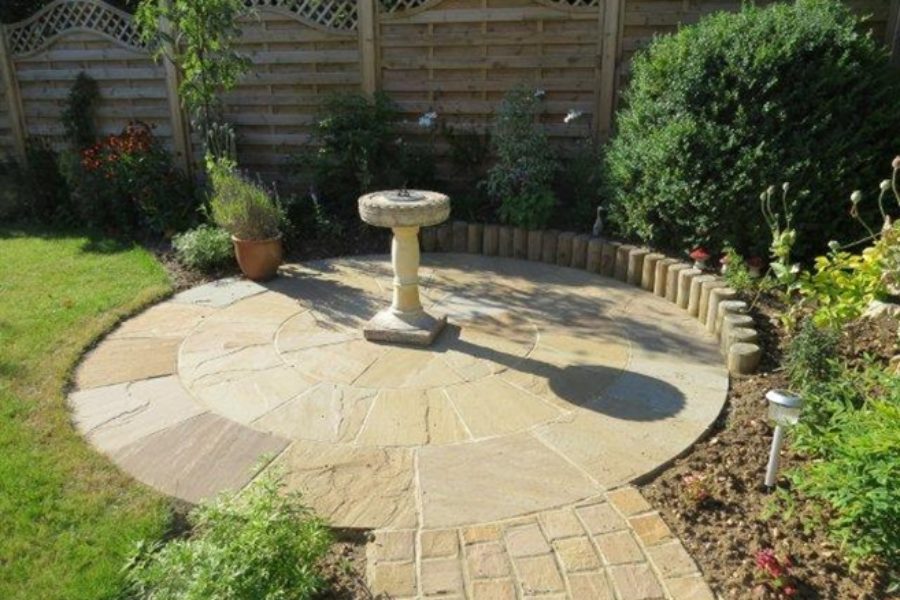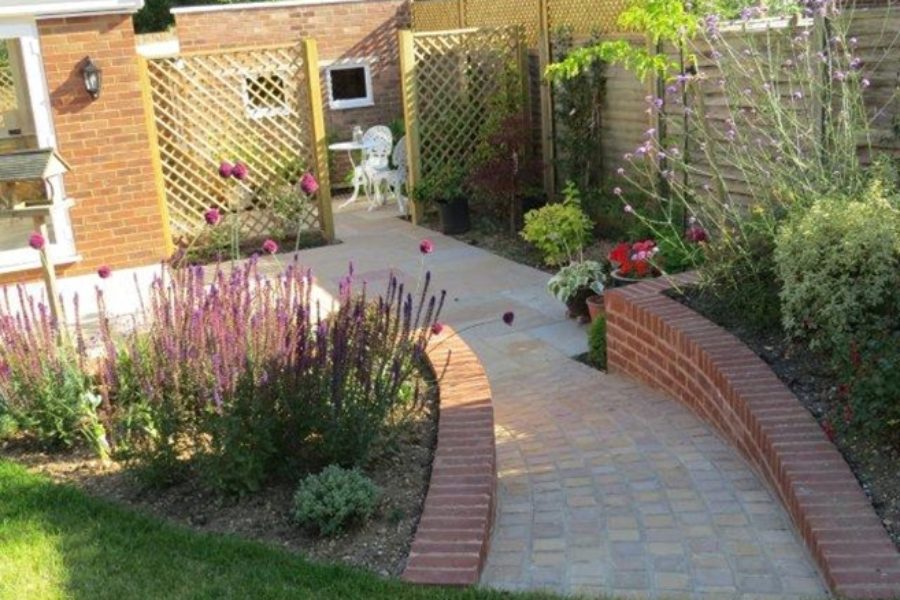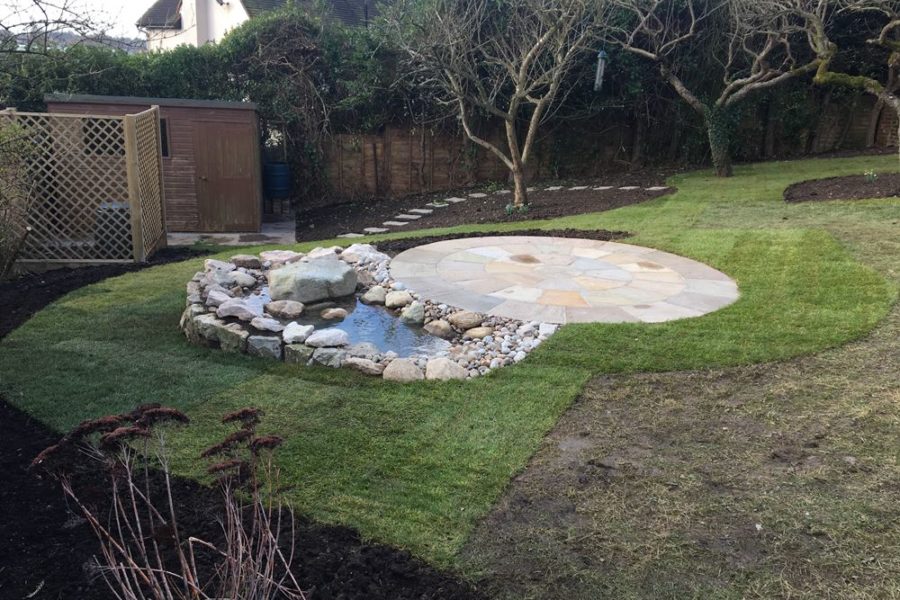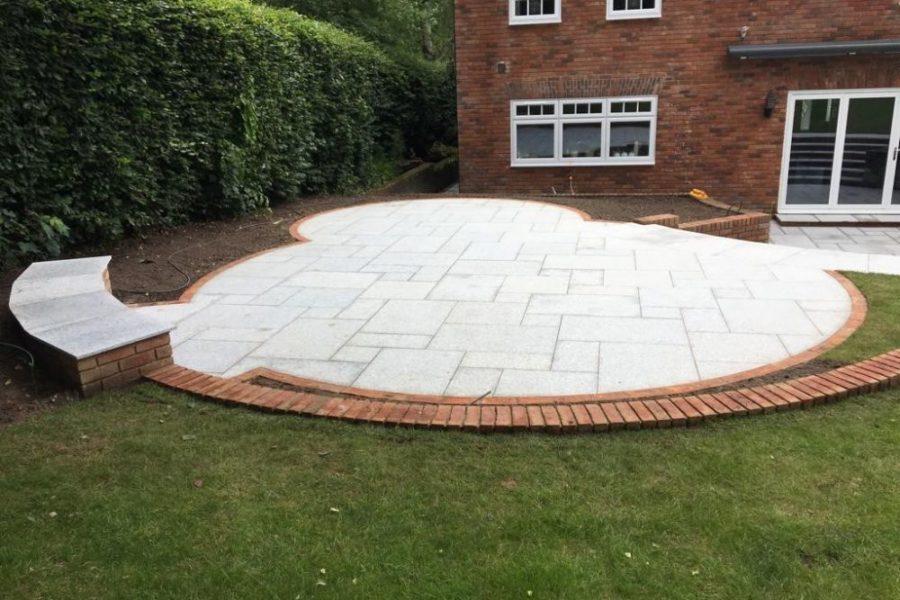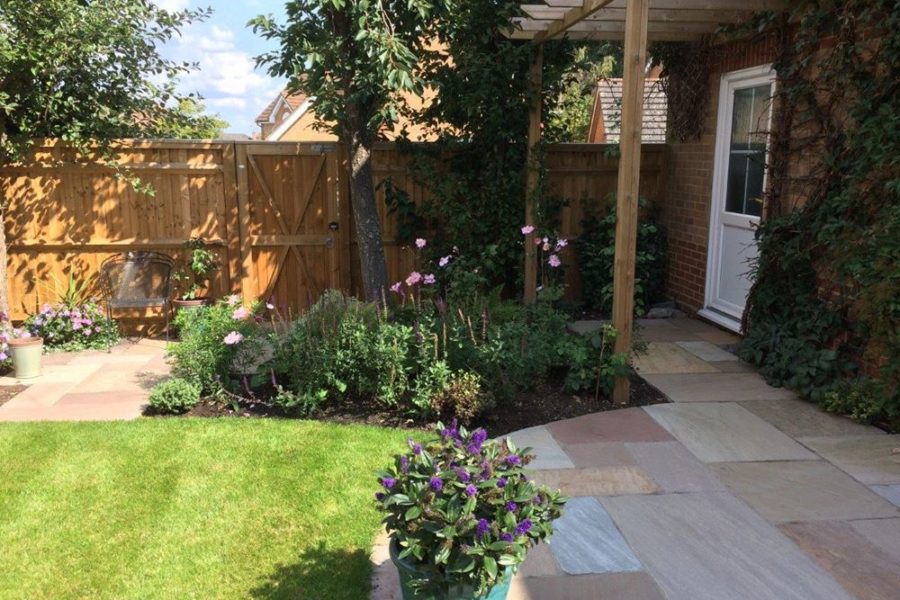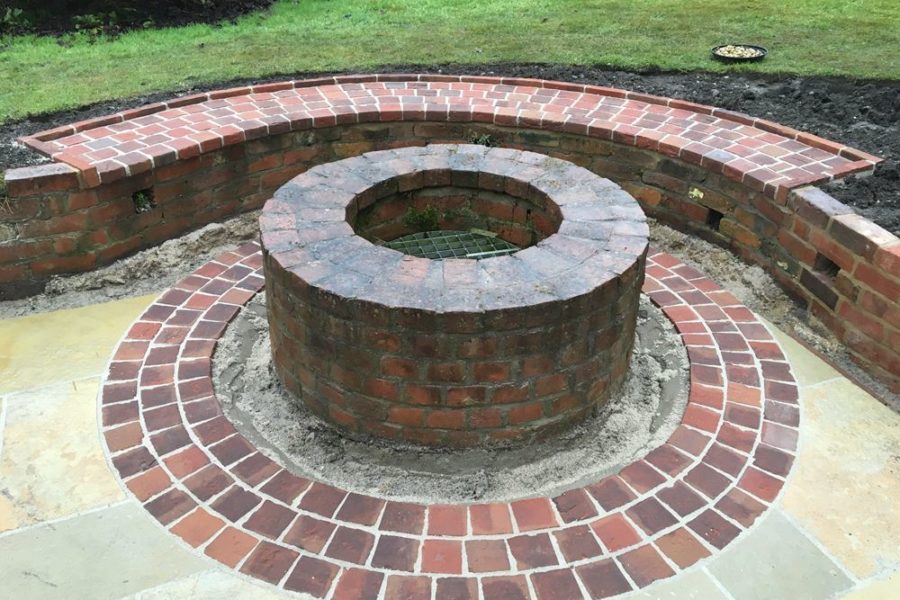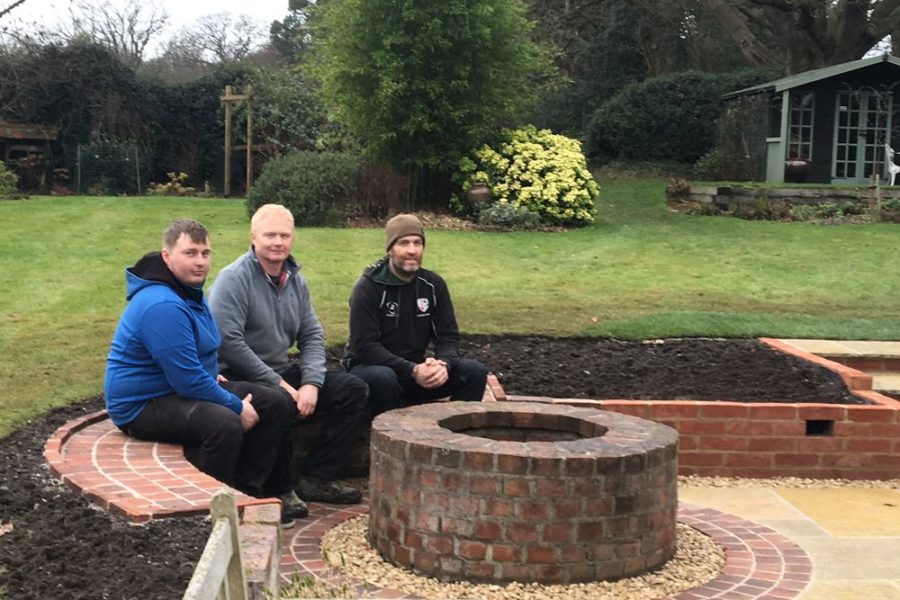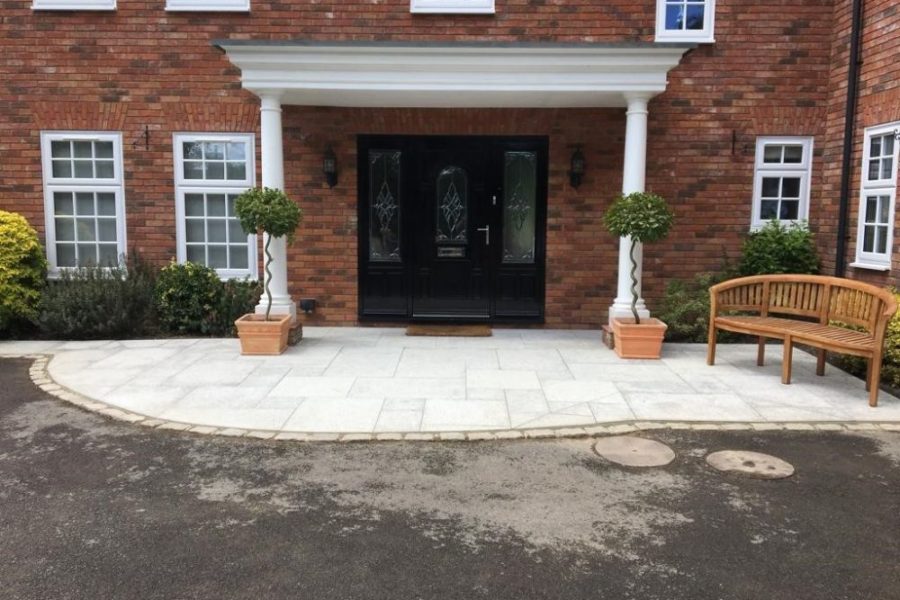Using Curves in Garden Design
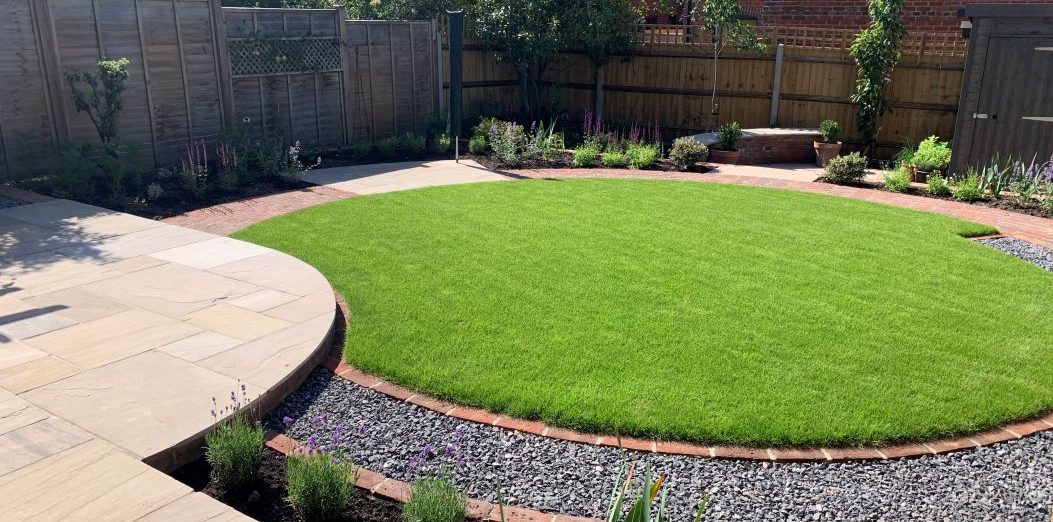
Have you ever noticed how the majority of gardens are rectangular in shape? It can be rather a headache for the garden designer!
More often than not, even those gardens that are not perfectly rectangular have a prominent linear outline created by the boundary and the house. In most small plots this means that you can see the whole garden at once, making the space feel very exposed. A linear garden design can exaggerate this problem. Besides which, straight lines don’t always make the best use of the space available – particularly when we start looking at how the client intends to use their garden.
Introducing Curves
Curves are generally considered more natural. As a garden designer, I was taught that curves create comforting and relaxing emotional responses – they help soften the harsh lines created by linear boundaries. They will generally make the garden feel bigger, and if the curves wrap themselves round where you sit or eat, the space will feel more private.
Curves also bring a sense of mystery to a garden, for example a winding path through planting or around the corner of a building. They encourage movement through the garden as well as linking different parts of the garden together in a more interesting way.
Here are few perspective sketches to whet your appetite…
Curves and Style
Curves are normally associated immediately with traditional, country cottage style gardens. But strong geometric circles can also be used to great effect in contemporary design. Circles are strong shapes that draw you in. They can really stand out, drawing your attention and are wonderful for linking spaces and generating movement. An example of this is our recent project in Thatcham where the central circular lawn with its curved paths are the focal feature of the whole design and bring each area of the garden together.
Practical Uses
Circles can also be used to where space is limited, or where a pinch point occurs. By using a circle and radiating curves, a feature is created out of the shape and the eye is drawn by the radiating curves through the narrow section into the space beyond. One of our projects in Streatley used this principle to great effect – a circular platform and radiating curved steps were used to work with the narrow space and steep slope. The steps became an integral part of the design and visually added a wow factor to the garden.
They’re also a great tool for opening up spaces, as in this project in Woolton Hill, where two interconnecting patios were created with significantly wider steps than existed in the original garden (see before photos here).
Curves can also be incorporated into a design to add focal features or points of interest in what would otherwise be a very linear design. Curves and circles are best used as transition point or a place to pause in a linear design to define moving from one part of the garden into another. This may be a circular path around a feature tree or a curved seat.
More Curves
All designed and constructed by ALDA Landscapes of course:
If you want to add interest to your garden, whatever the shape, style or size – consider adding some curves!
